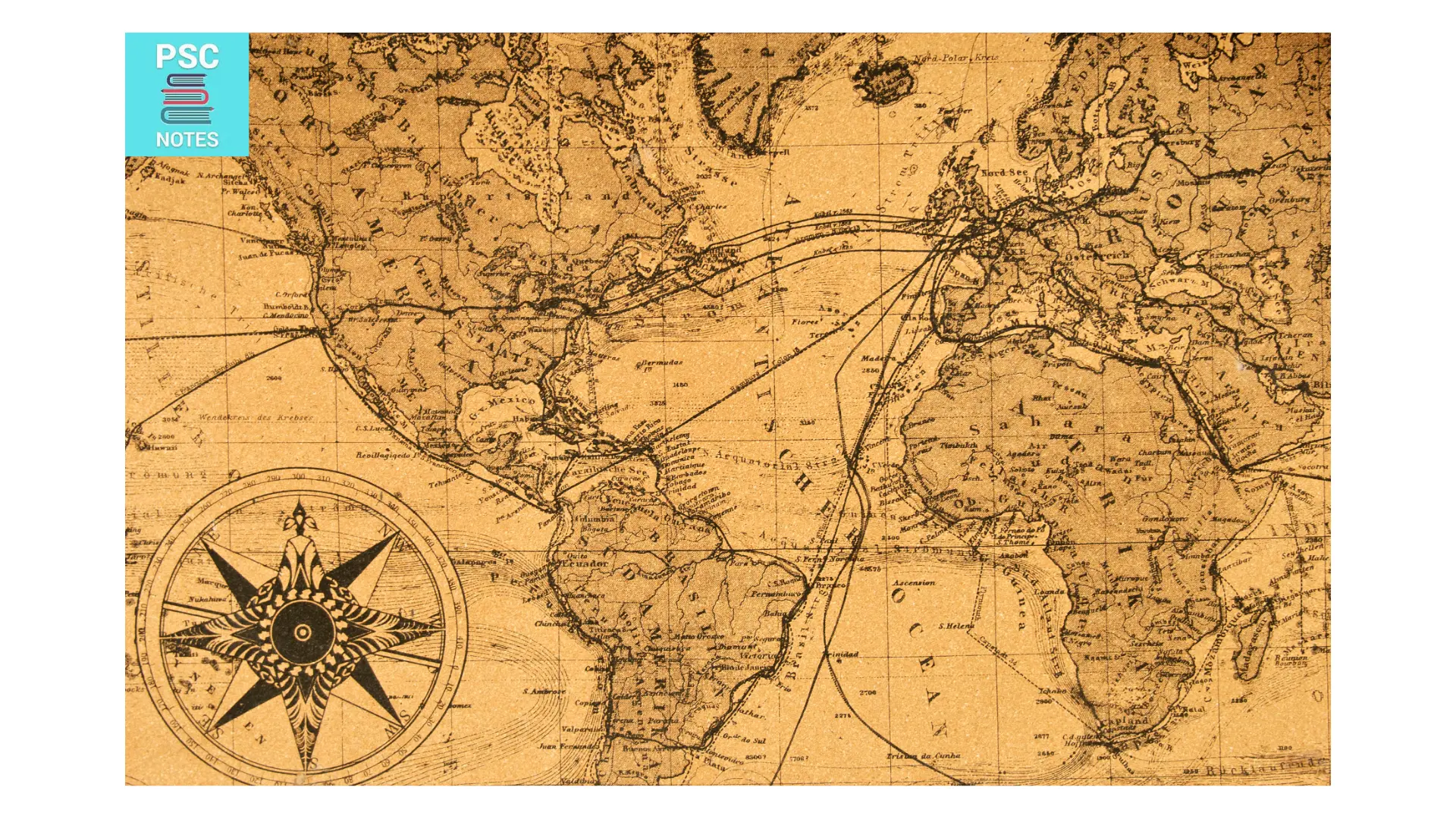The Badami Chalukyas, the Eastarn Chalukyas
Chalukyas The Chalukya dynasty was an Indian royal dynasty that ruled large parts of southern and central India between the 6th and the 12th centuries. During this period, they ruled as three related yet individual dynasties. The earliest dynasty, known as the “Badami Chalukyas”, ruled from Vatapi (modern Badami) from the middle of the 6th … Read more

